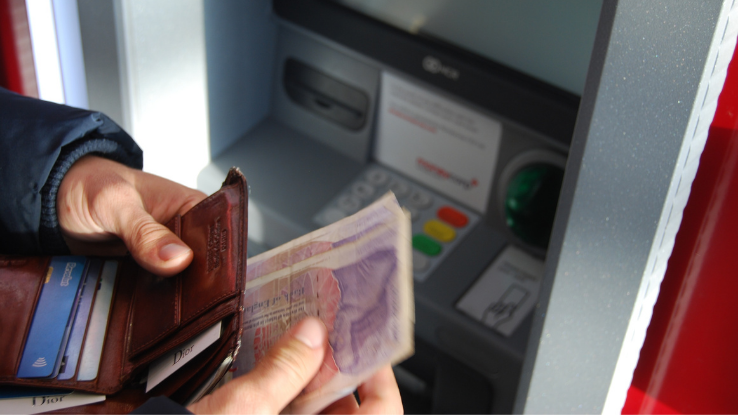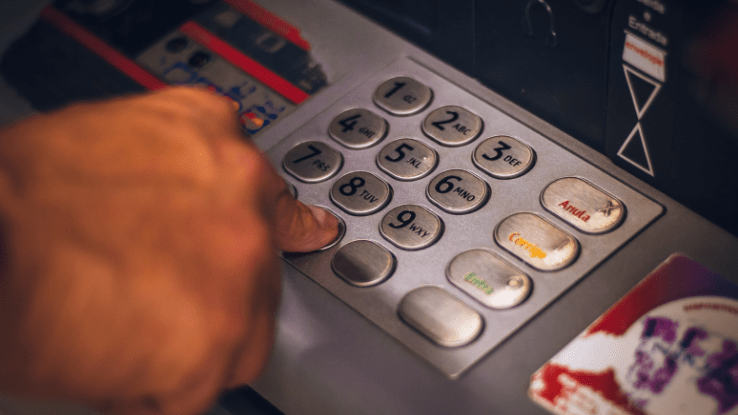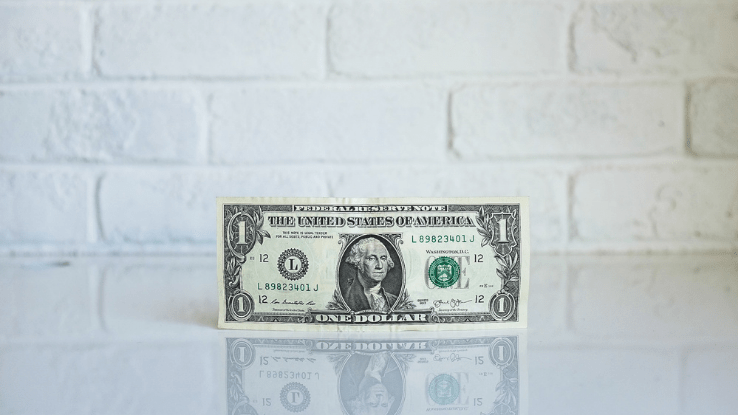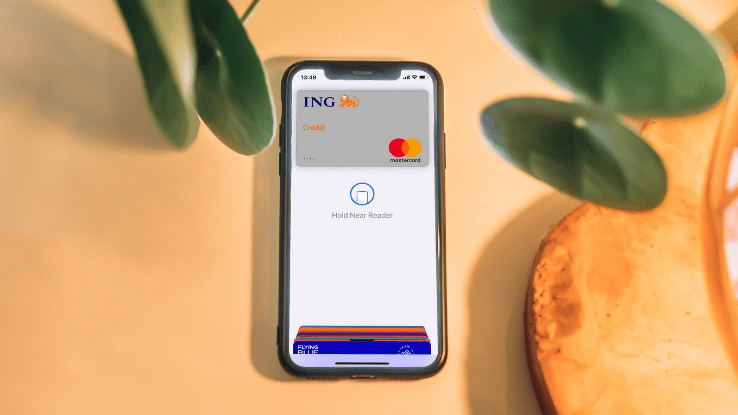Financial Accounts That Are Easy to Open and Provide Easy Access to Your Money Are Said to Be

Many people are familiar with checking and saving accounts, but money market accounts are an additional method of storing money with a bank. Money market accounts blend some of the abilities of both checking and savings accounts. They usually have higher fees and higher minimum deposits, but customers also earn a much higher interest rate than the average checking or savings account. These accounts have unique features and benefits.

Money market accounts are bank accounts that blend some of the most common features of a high-yield savings account with those of a checking account. Money market accounts have much higher interest rates than the usual checking account.
Unlike high-yield savings accounts, owners of money market accounts can be issued checks and debit cards to spend the money within the account. And unlike checking accounts, money market accounts have limits on the number of monthly transactions that an account holder can complete.
How Do Money Market Accounts Work?

A money market account works like a checking account with limitations. Both direct deposits and automatic drafts can be set up. In addition to having checks and debit cards, people with a money market account can also visit the bank or an ATM to withdraw cash at any time. However, the account has limits. Although some banks have comparatively loose standards, most banks limit money market account holders to six transactions per month. Money market accounts have less flexibility than checking accounts but greater flexibility than less liquid savings methods, such as CDs.
Interest on Money Market Accounts

Money market accounts have higher interest rates than the average checking account. Interest rates in money market accounts can range from 0.5% to 1.25%. Money market accounts have much higher minimum balances and opening deposit requirements than a basic checking account as well. Most banks require minimum balances of at least $1,000, and some can go up to $25,000. Generally, the more money a person is required to keep in the account, the higher the interest rate the account earns.
Banks make money by using the money customers deposit. If a customer must keep a minimum of $10,000 in a bank account and cannot make more than six transactions per month, the bank can count on the money in that account with more certainty. A customer with a regular checking account could have $10,000 in the bank today and only $25 in the bank next week. Banks are willing to give customers a higher interest rate to ensure that a larger number of people maintain high balances because it gives the bank more certainty when investing and offering loans to other customers.
Types of Money Market Accounts

Money market accounts are premier product offerings for some banks. Money market accounts are not available at every bank, and many banks only have one money market account that they offer. However, there are some banks that have a variety of money market accounts to fit different needs. In general, all money market accounts fall into two categories: savings or checking.
Money Market Savings Account
Some money market accounts are exclusively for saving money. These accounts do not include access to checkbooks or debit cards. They still have monthly transaction limits, so many account holders opt to make one deposit, at the beginning or end of the month, rather than several.
Money Market Checking Accounts
Money market checking accounts are the most traditional type of money market account. These have the same high-interest rates as money market accounts, along with the convenience of being able to write checks and use a debit card.
Pros of a Money Market Account

A money market account offers the earning certainty of an investment account without the risk of losing money. If a person deposits $5,000 in a money market account that earns 0.8% interest, and they never take the money out, that person will continue earning for years and years to come. The interest may not grow as quickly as a different type of investment, like stocks, would, but the account holder would be certain to continue earning.
In addition to the lack of risk associated with these types of accounts, they are also backed by federal insurance. Money market accounts at banks are protected by FDIC, and they are protected by NCUA at credit unions. If the bank were to become insolvent, the customer would still be able to get all of their money back.
There are other methods of saving money with similar interest rates as money market accounts, but the ability to use a debit card or write checks gives accountholders more flexible access to their money. For example, a person may not be able to access funds in a CD in an emergency without paying a penalty. In a high-yield savings account, a person may have to wait days for a transfer to complete in order to access their money. With a money market account, the money is always one swipe of a card or signature on a check away.
Cons of Money Market

Money market accounts come with fees. Some banks charge regular maintenance fees simply for having the account. There are also fees for going below the minimum balance. Each account holder needs to carefully evaluate personal circumstances to determine whether the fees outweigh the benefits of having the account.
One activity that can trigger a fee is having too many transactions in one month. Since nearly every action involves depositing, withdrawing, or spending through a money market account, it can be very easy to exceed the limit. For some customers, this can be a huge inconvenience. These accounts are not wise to use as primary checking accounts. Rather, they should be thought of as savings accounts with the option of occasional checking functions.
Depending on personal circumstances, a money market account may not be the highest-earning or most fitting use of a person's assets. For example, a person with $100,000 in savings who is able to save an average of $50,000 each year could be wasting earning potential by allowing money to sit in a money market account. It may be more prudent for that person to spend at least some of their money in investments, such as the stock market or real estate, that generally have a higher yield than the 0.5%-1.25% interest rate a money market account offers.
Banks that Offer Money Market Accounts

CitiBank, TIAA, Ally, Navy Federal Credit Union, and Zynlo are a few common banks that offer money market accounts to a variety of customers online. Many credit card companies, such as Chase and Discover also offer money market accounts. Even among smaller branches, credit unions very often offer money market accounts.
Source: https://www.askmoney.com/budgeting/money-market-account?utm_content=params%3Ao%3D1465803%26ad%3DdirN%26qo%3DserpIndex&ueid=a5e5d747-89e8-487d-bc91-a3e9cc8510c9